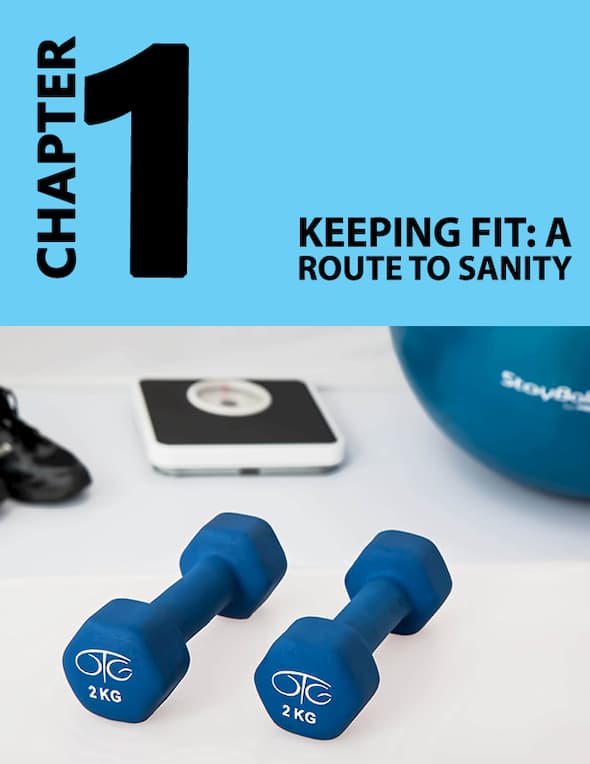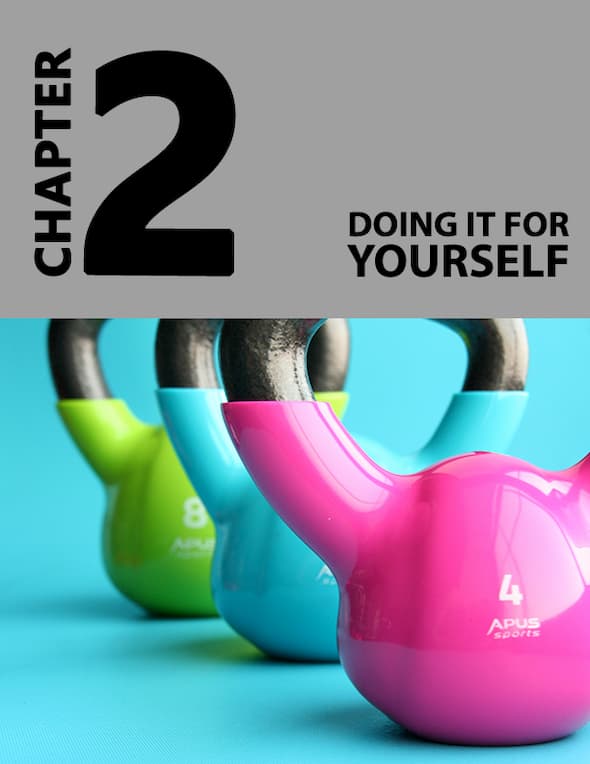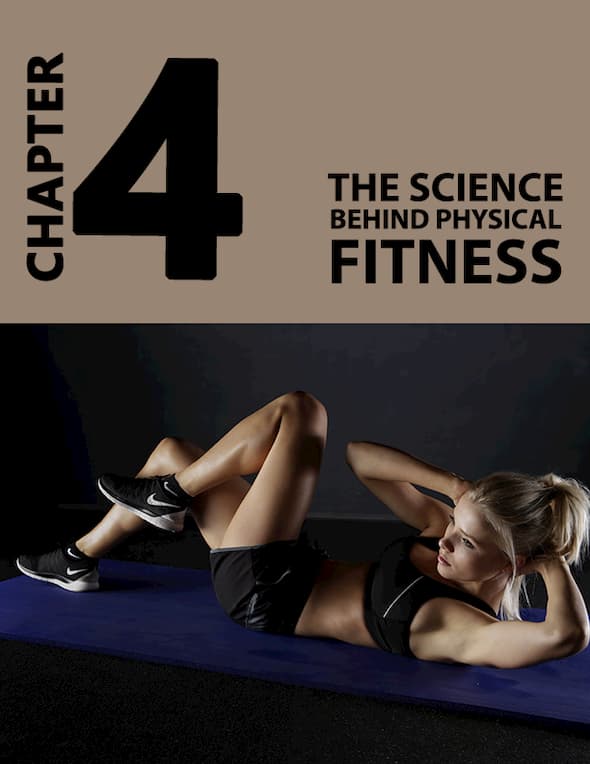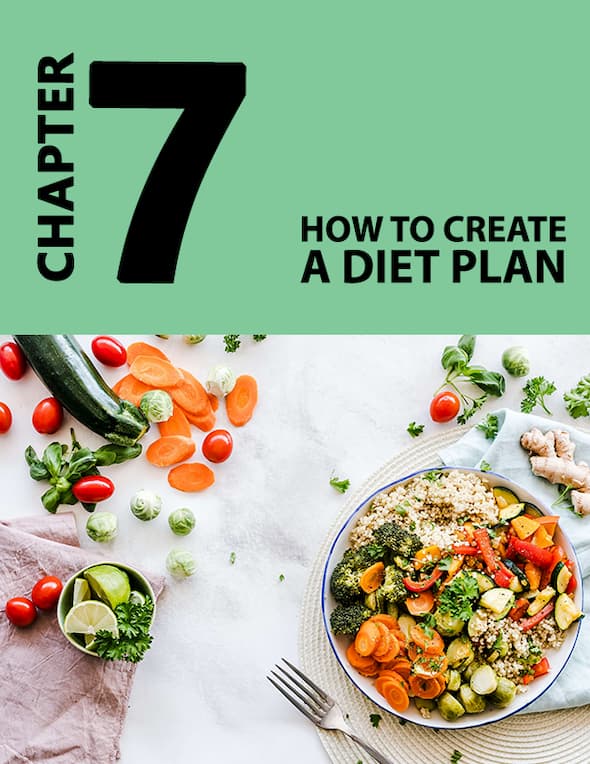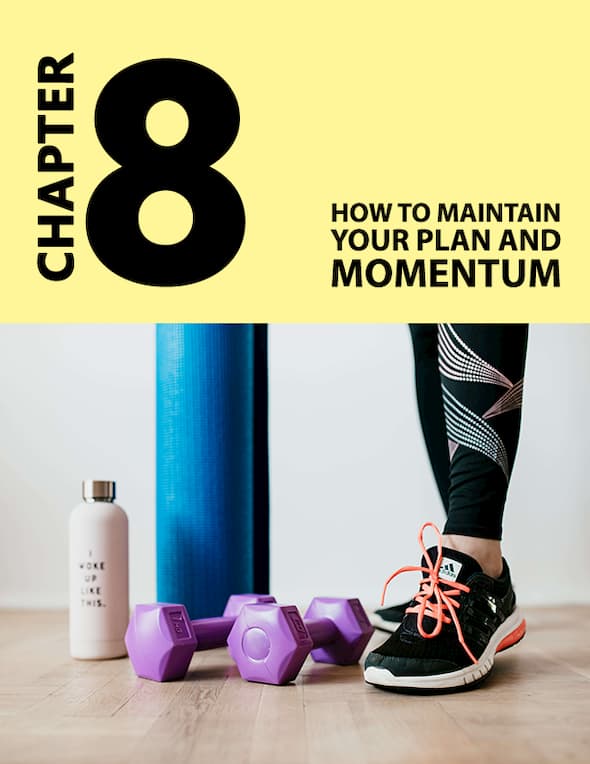You cannot have an effective workout plan without an equally excellent diet plan. Exercise is a physical activity, and you need the energy to make it work. Besides, a good eating habit by itself affects your appearance. Therefore, it is imperative that you have a healthy eating habit to ensure that your effort is not futile. This chapter examines the right way to go about creating a diet plan that will complement your workout plan.
The Link Between Physical Fitness and Feeding Habits
Physical activity requires “fuel” to make it run smoothly. Therefore, the relevance of food to your workout plan cannot be overemphasized. When you start engaging in exercise, you’ll be fitter and lose weight. Nonetheless, your energy needs will also change. You’ll need more calories to keep up with the metabolism and activities going on in your body. You’ll need an adequate amount of the following as a physically active individual:
Carbohydrates, which is the body’s primary source of energy.
Fat, which is an additional source of vitality.
Protein, which is vital to the maintenance and rebuild of tissues, including muscles.
Water, which is critical to the replacement of fluids lost during the activity.
In order to have these essential nutrients, you need to eat a moderate, varied, and balanced diet. Too much or too little of them will not aid your objective of giving your body what it needs to support and sustain your workout plan. Moderate implies that you should eat a little of everything without anything in excess. It is possible to have every essential class of food in your food without eating too much.
Varied means that while eating different food types, you’ll still ensure that you always get the nutrients you need. In other words, you’ll eat other fruits instead of just apple, for example. Note that no one food provides any particular nutrient. So, eat a wide variety of food to avoid overeating any substance, which will not be beneficial to your body. Meanwhile, balanced implies that you’ll eat the recommended number of servings from each food type most days.
Athletes and people who are very physically active have special nutritional requirements because of the demands they place on their bodies. They often need more carbohydrates like grains more than the amount required by an average person. However, they don’t need as much protein as other people.
The liver and muscles store carbohydrates as ready energy, and this supply is rapidly consumed during exercise. Endurance athletes such as cyclists and runners require a large amount of this nutrient because of the nature of their activities. They need to eat the carbohydrate before or during the exercise because the body does not have the capacity to store a lot of it.
Typical Diet Plan
The scope of this book covers a two weeks diet plan that is scientifically designed for substantial weight loss. It offers approximately 1250 calories daily, which is more than enough for a physically active individual. Below is a summary of the basic dietary guidelines.
It outlines the daily amount of food that is permitted from each food class. Endeavor to mix and match food items all day long. Make sure that you don’t exceed your caloric goal while doing this. You can follow one of the pre-designed menus below to ensure that you’re doing the right thing.
Nutrition Guidelines
Vegetables: One and a half cups (half cup is equivalent to: half cup of raw/cooked/frozen/canned veggies, one cup of leafy greens, or half cup vegetable juice). Pick different options, which can include starchy veggies, orange veggies, dry beans, dark green veggies, and peas.
Oils: Four teaspoons (one teaspoon is equivalent to: one teaspoon vegetable oil, two teaspoons light salad dressing, one teaspoon butter, or one teaspoon of low- fat mayo).
Fruit: One cup (one cup is equivalent to: one cup of frozen/fresh/ canned fruits, half cup dried fruits, or one cup fruit juices). Healthy choices include pears, apples, mangoes, cherries, grapes, raspberries, strawberries, blueberries, and pomegranates.
Grains: Four ounces (one ounce is equivalent to: one slice bread, one cup of cereal flakes, one small muffin, half cup cooked rice, or one ounce dry pasta).
Milk: Two cups (one cup is equivalent to: one cup of yogurt/milk/ soy milk or one and a half ounces of cheese. Choose low-fat or non-fat options as much as possible.
Meats and Beans: Three ounces (One ounce is equivalent to: One ounce lean poultry/meat/ fish, one egg, one tablespoon peanut butter, quarter cup cooked beans, or half ounce nuts/seeds).
Menu #1
Breakfast (8 am – 9 am)
One slice of toast
Smoothie (blend one cup soymilk and ice cubes + one cup berries together)
One teaspoon of butter
Lunch (11 am – 1 pm)
There-quarter cup vegetables (such as carrots, steamed broccoli, cauliflower, etc.)
One cup cooked grain (such as brown rice, white rice, wild rice, millet, quinoa, etc.)
Two ounces of lean meat (around the size of half deck of playing cards)
Snack (3pm – 4pm)
A half ounce of seeds or one egg
Dinner (5 pm – 7 pm)
Two teaspoons light dressing
One and a half cups of leafy greens
One and a half ounces of cheese
Menu #2
Breakfast (8 am – 9 am)
One cup of yogurt
A Half cup oatmeal
Herbal tea or black coffee
Lunch (11 am – 1 pm)
One slice whole wheat bread
Tomato, cucumber, lettuce (equivalent to three-quarter cup total)
Two ounces of tuna
One teaspoon olive oil + one teaspoon mayo
Snack (3 pm – 4 pm)
One piece of fruit or one cup of fresh fruit or
Dinner (5 pm – 7 pm)
One corn tortilla
Half cup shredded lettuce
Half cup salsa
Half cup black beans
One half ounce cheese
Half cup cooked rice
Menu #3
Breakfast (8 am – 9 am)
Half cup milk/soy milk
One cup high fiber cereal
One banana
Lunch (11 am – 1 pm)
One cup raw carrot sticks/celery/green peppers
One cup of pasta
Two teaspoons of olive oil
Two ounces of lean meat
Snack (3 pm – 4 pm)
Half cup vegetables or half cup pasta sauce
Dinner (5 pm – 7 pm)
One cup low-fat cottage cheese
Six crackers
Half ounce mixed nuts
Tips for Dieting Success
Following a strict diet plan is easier said than done. Nonetheless, the following hints can help you succeed in this endeavor:
Plan for every week ahead of time.
Clear your fridge and pantry of every food item that can potentially derail your diet plan. This is an easy way to avoid temptations.
Consume eight or more glasses of water daily. Also, drink at least a glass before every meal to avoid overeating by decreasing your appetite.
It takes around twenty minutes before your brain notifies you that you’re full. Therefore, eat slowly as much as possible. Chew each bite and put your fork or spoon down between bites.
Bring variety to an otherwise restricted diet by trying new foods whenever possible.
Increase your chances of feeling satisfied by adding spices to your food for flavor.
Resist the urge of to eat excessively outside by cooking for yourself.
In order to avoid being tempted to take a snack after a meal, brush your teeth. Lack of sleep can stimulate appetite and lead to overeating. So, get adequate sleep.
Most importantly, never forget your objective.


